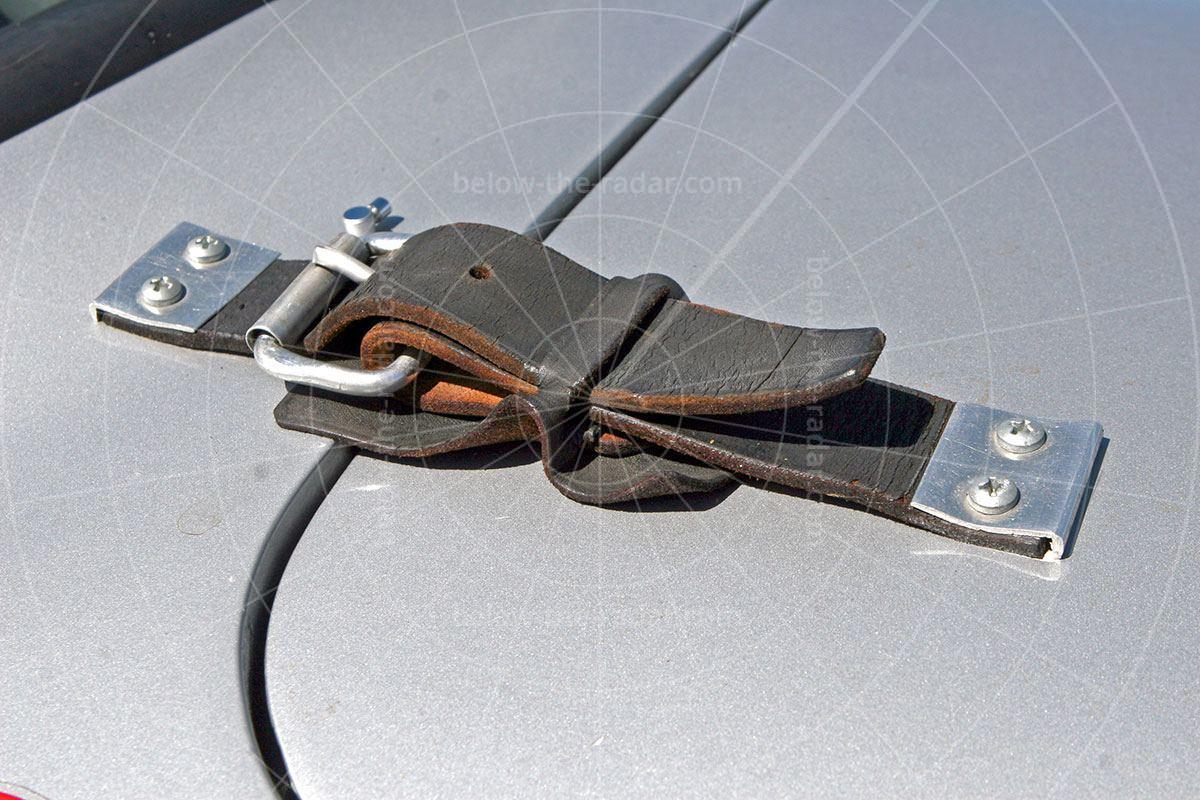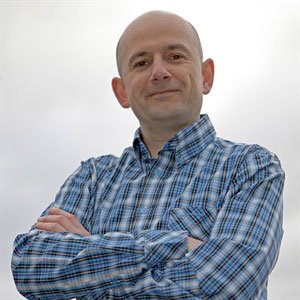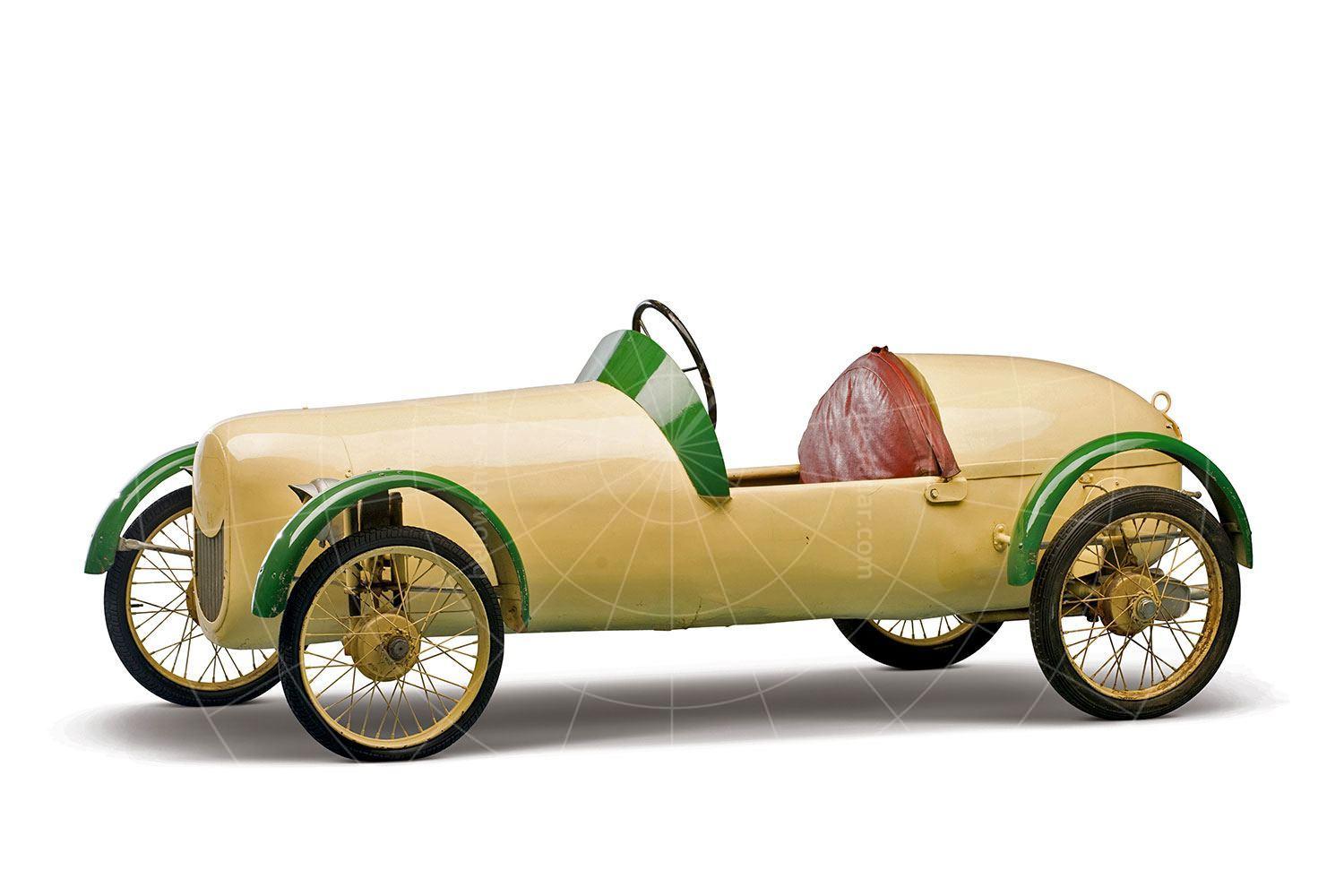It’s quirky, French and powered by an air-cooled twin-cylinder engine, but it's not a Citroen 2CV. Rather more unusual than the Tin Snail, you could be forgiven for never having heard of the DB HBR5 as relatively few of them were made between 1955 and 1961. However, despite being very much a French confection, the HBR5 proved surprisingly popular in the US where around 150 of them were sold, thanks largely to successes for the car in the Sebring 12 Hours.
Deutsch & Bonnet (DB) was founded in 1932 after 18-year old Charles Deutsch had taken over the coachbuilding shop that his father had set up in Champigny-sur-Marne to the east of Paris. While Bonnet was undertaking engineering studies he decided to team up with René Bonnet, who needed somewhere to locate his expanding garage business. Although the partnership started in the early 1930s, the first cars didn’t emerge until after WW2, when production of various DB specials started, using a 1911cc Citroen Traction Avant engine.
While these first cars were quick, the decision was soon made to move to Panhard’s two-cylinder air-cooled boxer engine, an arrangement which stood until 1961, when the partnership terminated acrimoniously after Bonnet had expressed a desire to switch to Renault engines. Eventually Deutsch continued for a while, building racing cars, while René Bonnet launched the mid-engined Djet; his company was later taken over by Matra. It was in 1955 that DB launched its best-known and biggest selling model, the HBR5, which would prove to be a landmark in 1950s French sports car development.
DB unveiled its new coupé in prototype form at the 1953 Paris Salon, using Panhard running gear and with an aluminium body. With its pop-up headlights and faired-in rear wheels the DB featured a futuristic wind-cheating design, but body maker Chausson had started to work with plastic and the company persuaded DB to build its new sports car from glassfibre instead of aluminium. The result was a bodyshell that consisted of 63 mouldings bonded together with the dashboard part of the structure. Despite the bodyshell's strength and rigidity it weighed a mere 120kg, which is why the HBR5's kerb weight was just 600kg thanks to the use of a simple tubular steel chassis.
Now with a plastic bodyshell but without the faired-in rear wheels, the HBR5 entered production in 1955, powered by a Panhard flat-twin engine that initially displaced just 848cc. In standard guise this was rated at 42bhp but for those who wanted more there was a 50bhp Luxe option (later boosted to 52bhp) that was balanced and featured an uprated crankshaft, special valves plus more efficient manifolds with a twin-choke carburettor. For those who felt that even 42bhp was too much there was an HBR4 option, with a 38bhp 745cc engine.
Thanks to the aerodynamic body design the HBR5 was capable of topping 100mph in Luxe form, so the 70bhp 954cc powerplant that was offered in the Super Rallye edition as production ended in 1959 must have been a real flier. But by the time this variant appeared (only 10 of them were built), the writing was on the wall for the HBR5. Sales had been incredibly hard to come by thanks to the car's high price and advanced years, but for anybody who wanted to drive something utterly different the DB was just the ticket, even if it was hardly the rational option.
| Vital statistics | |
|---|---|
| Produced | 1955-1961 |
| Number built | 429 |
| Engine | 848cc air-cooled front-mounted two-cylinder |
| Transmission | 4-speed manual, front-wheel drive |
| Power | 52bhp at 5700rpm |
| Torque | 47lb ft at 3500rpm |
| Top speed | 102mph |



























